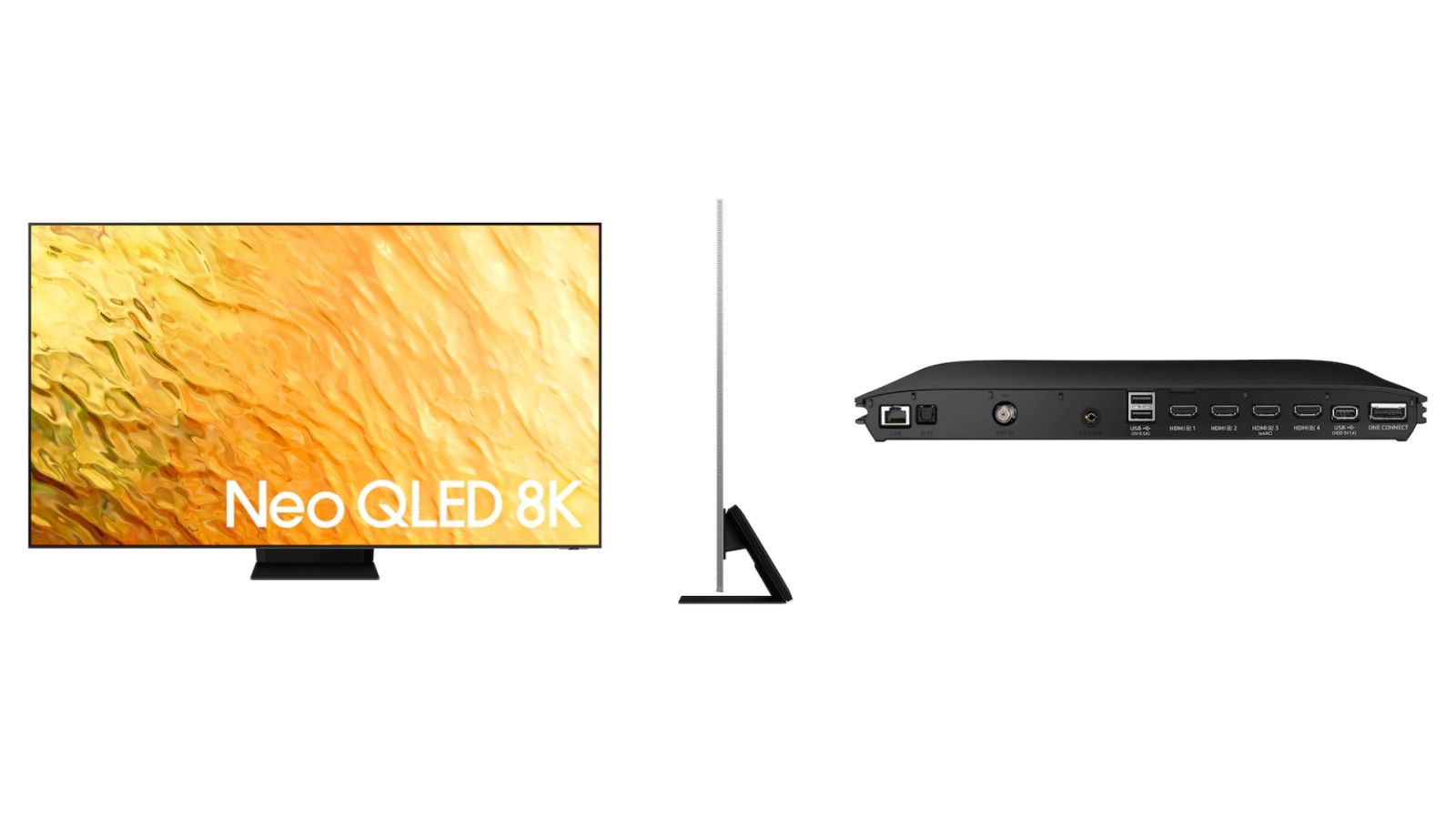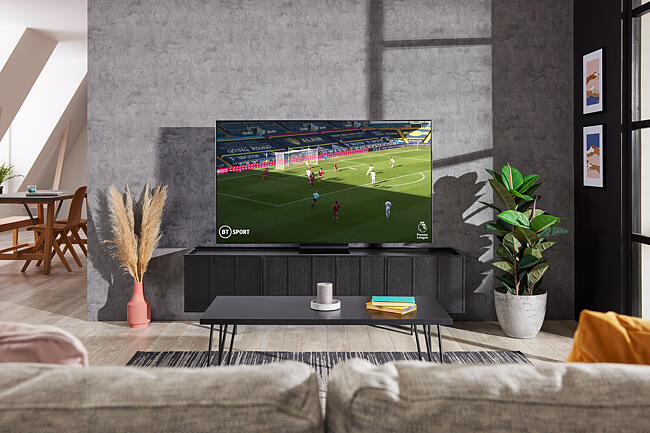
- #SAMSUNG 75 QN800B NEO QLED 8K HDR SMART TV PC#
- #SAMSUNG 75 QN800B NEO QLED 8K HDR SMART TV PLUS#
- #SAMSUNG 75 QN800B NEO QLED 8K HDR SMART TV TV#
Because there are speakers all around the edges of the screen, these sets can really make something sound like it's coming from the top-left of your vision, or that something is moving from left to right, rather than it all just happing in the centre.
#SAMSUNG 75 QN800B NEO QLED 8K HDR SMART TV TV#
Samsung's Object Tracking Sound technology is designed to make TV audio seem more 3D. (Image credit: Samsung) Samsung QN800A vs QN900A: Sound quality You get this in either model, which is great. They do an incredible job of this, and really make 4K video look sharper than any 4K can, even if it's not at quite the level of native 8K footage for overall realism. Otherwise, they the same in all the really key ways – including the most important one for 8K TVs, which is the upscaling from 4K to take advantage of all those extra pixels that an 8K set has. The QN900A appears to handle this better than the QN800A – the benefit of having that extra money in the panel design. When it comes to local dimming, what we're looking for is for the lighter parts of the screen to avoid spilling the light behind them into dark areas nearby – this is known as 'blooming'.

Basically, the QN900A is designed to go brighter in HDR peak brightness levels, adding even more of the dazzle of the real world to scenes that call for it.īoth are still incredibly bright, we should say, both blasting far beyond the peak brightness levels that the best OLED TVs can offer. The QN800A is rated by Samsung as 'HDR2000', while the QN900A is rated as 'HDR4000'. It pushes the brightness of the backlight to its limit, and also appears to offer more precision when it comes to local dimming.

The long and short of it is that the QN900A represents the absolute peak of what Samsung is capable of with QLED sets. The difference is really in image quality. In terms of features, the two sets are effectively identical, then. (Image credit: Samsung) Samsung QN800A vs QN900A: Picture quality
#SAMSUNG 75 QN800B NEO QLED 8K HDR SMART TV PC#
The sets also support a letterboxed ultra-wide mode for compatible PC games, which is a niche need, but will make some people very happy. Samsung's new Game Bar is a smart feature too, enabling you to choose settings on the fly, and make sure response time is a low as you want.
#SAMSUNG 75 QN800B NEO QLED 8K HDR SMART TV PLUS#
You also get the same great range of gaming features on both models, including all HDMI ports support HDMI 2.1 features, including 4K 120Hz and Variable Refresh Rate, plus AMD FreeSync. Samsung's smart TV platform is one of the easiest to use and more comprehensive for streaming app support in the business, and the nice thing is that's true whether you buy these elite TVs or cheaper models.

Sadly, there's no decoding of Dolby Atmos soundtracks on either set, though the TV will pass Atmos out to a soundbar or receiver over its HDMI eARC ports. The QN900A includes more speakers, though. Both models also include ultra-wide angle viewing and anti-reflection tech so they're clearer to see in real-world living rooms.īoth sets feature Samsung's Object Tracking Sound tech, which uses speakers positioned around the edge of the display – plus clever processing of soundtracks – to add better positioning of audio in the space in front of you. It uses machine-learned knowledge of what common scenes and objects should look like so that it can better upscale low-res video or process motion to look clearer. Both models include the One Connect box.īoth TVs feature the same Samsung Neo Quantum Processor 8K for image processing, which is among the very best of its kind. This enables you to hide the box in your TV unit or wherever, and keeps the svelte lines of the TV untroubled by all those HDMI cables. Those are all in a separate box, called the One Connect box, which connects to the TV over a single thin cable. The other major factor that makes them so thin is that there are no connections and no processing within the TV unit. The thinness is thanks to the mini-LEDs used in the Neo QLED panel – these are 40 times smaller than the lights used in Samsung's previous TVs (according to Samsung), which means they take up much less space. Similarly, the QN800A has just the slightest bezels arounds its edges, while the QN900A has an even thinner edge that's effectively invisible.

The QN800A is just 16.9mm thick, while the QN900A is even more preposterous at 15.2mm. The panels are dead flat on the back as well as the front, and really do feel like they're barely there. First, the looks: both sets are designed to the same overall 'Infinity One' look, which means incredibly thin panels with a single foot stand attached (and the option of wall-mounting instead, of course). These TVs are incredibly similar when it comes to both the design and tech features available. (Image credit: Samsung) Samsung QN800A vs QN900A: Design & features


 0 kommentar(er)
0 kommentar(er)
